INNS Webinar Series Archive
Explore our archive of past INNS Webinars. This rich collection provides a valuable learning resource for students and professionals interested in neural networks and related research.
Dive into recordings of previous lectures from our bi-monthly Webinar Series. For information on upcoming live sessions and the overall series, please visit the INNS Webinar Series page.
2025
 TiRex: Closing the Gap Between Recurrent and In-Context Learning TiRex: Closing the Gap Between Recurrent and In-Context Learning
 Sepp Hochreiter Sepp Hochreiter
 4 November 2025 4 November 2025
 Presentation Slides Presentation Slides
Abstract: Recurrent architectures have long been the natural choice for modeling time-dependent data, yet the recent dominance of Transformers has shifted attention away from their unique advantages. In this talk, I will present TiRex, a new zero-shot time series foundation model built on xLSTM, an enhanced recurrent architecture that combines the state-tracking power of LSTMs with in-context learning capabilities previously seen only in Transformers. TiRex leverages these properties to deliver state-of-the-art zero-shot forecasting results on the HuggingFace GiftEval and Chronos-ZS benchmarks, where it outperforms significantly larger Transformer-based models from Google, Amazon, Salesforce, and Alibaba. Beyond its benchmark results, TiRex demonstrates that recurrent models cannot only rival but Pareto-dominate Transformers in accuracy, efficiency, and interpretability, suggesting a new generation of sustainable, foundation models for temporal intelligence.

Bio-Inspired Intelligent Computing Technologies for Smart Grid
 G. Kumar Venayagamoorthy G. Kumar Venayagamoorthy
 24 October 2025 24 October 2025
Abstract: The smart grid, referring to the modern electric power infrastructure, is a system of systems, and is one that is complex and dynamic with stochasticity given the growing integration of variable and intermittent power generation and flexible demand resources. Smart grids aim to utilize digital infrastructure to improve reliability, efficiency, security and sustainability of electricity delivery.
The backbone of smart grids is the exchange of actionable information in a timely manner. With vast amounts of data from advanced metering infrastructure (AMI) and internet of things (IoTs), and demand to deliver reliable, accurate and timely decisions and controls, classical computing methods are challenged and fall short.
This webinar will present bio-inspired intelligent computing (BIC) technologies that mimic brain-like intelligence that learn, reason and carry out decision-making and control. Several applications of BIC technology for smart grid operations and management will be described in this webinar.
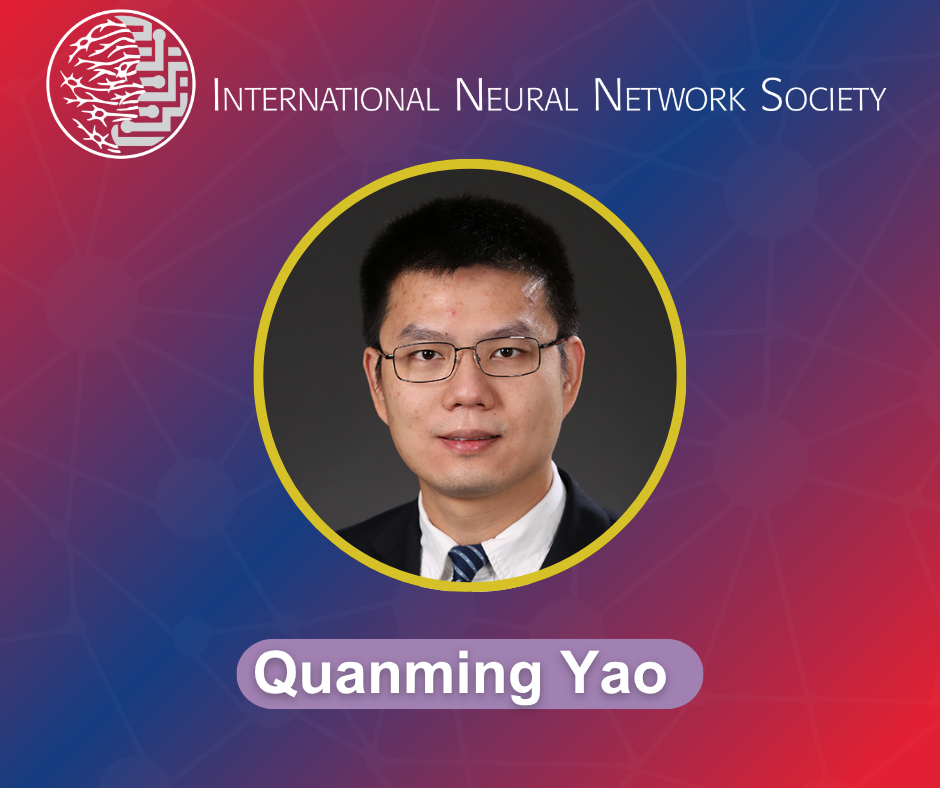 Exploring Trustworthy Foundation Models: Benchmarking, Finetuning and Reasoning Exploring Trustworthy Foundation Models: Benchmarking, Finetuning and Reasoning
 Quanming Yao Quanming Yao
 9 October 2025 9 October 2025
 Presentation Slides Presentation Slides
Abstract: Topology is presented as the structural foundation of data, from molecular graphs to agent networks, enabling accurate predictions, interpretability, and robustness. The talk traces the evolution of topological learning, from empirical features and graph embeddings to graph neural networks, graph transformers, and adaptations of large language models, shifting from analyzing topology in data to embedding it in method design. The application focus is drug-drug interaction (DDI) prediction, where computational approaches are vital due to high validation costs. By modeling DDI data as graphs, topological learning supports efficient prediction. Contributions include AutoBLM, which automates discovery of scoring functions; EmerGNN, a path-aware GNN that mitigates data sparsity via pathway attention; CBR-DDI, integrating case-based reasoning with LLMs for interpretable predictions; and DDIAgent, an LLM-powered multi-agent system addressing real-world challenges. The webinar concludes by outlining future directions, such as optimizing agent collaboration, modeling LLM reasoning structures, and applying topological processes across diverse vertical domains.

Exploring Trustworthy Foundation Models: Benchmarking, Finetuning and Reasoning
 Bo Han Bo Han
 14 August 2025 14 August 2025
 Presentation Slides Presentation Slides
Abstract: In the current landscape of machine learning, where foundation models must navigate imperfect real-world conditions such as noisy data and unexpected inputs, ensuring their trustworthiness through rigorous benchmarking, safety-focused finetuning, and robust reasoning is more critical than ever. In this talk, I will focus on three recent research advancements that collectively advance these dimensions, offering a comprehensive approach to building trustworthy foundation models. For benchmarking, I will introduce CounterAnimal, a dataset designed to systematically evaluate CLIP’s vulnerability to realistic spurious correlations, revealing that scaling models or data quality can mitigate these biases, yet scaling data alone does not effectively address them. Transitioning to finetuning, we delve deep into the process of unlearning undesirable model behaviors. We propose a general framework to examine and understand the limitations of current unlearning methods and suggest enhanced revisions for more effective unlearning. Furthermore, addressing reasoning, we investigate the reasoning robustness under noisy rationales by constructing the NoRa dataset and propose contrastive denoising with noisy chain-of-thought, a method that markedly improves denoising-reasoning capabilities by contrasting noisy inputs with minimal clean supervision. Furthermore, I am very honored to be the recipient of the INNS Aharon Katzir Young Investigator Award, which demonstrates the importance of trustworthy machine learning and reasoning.
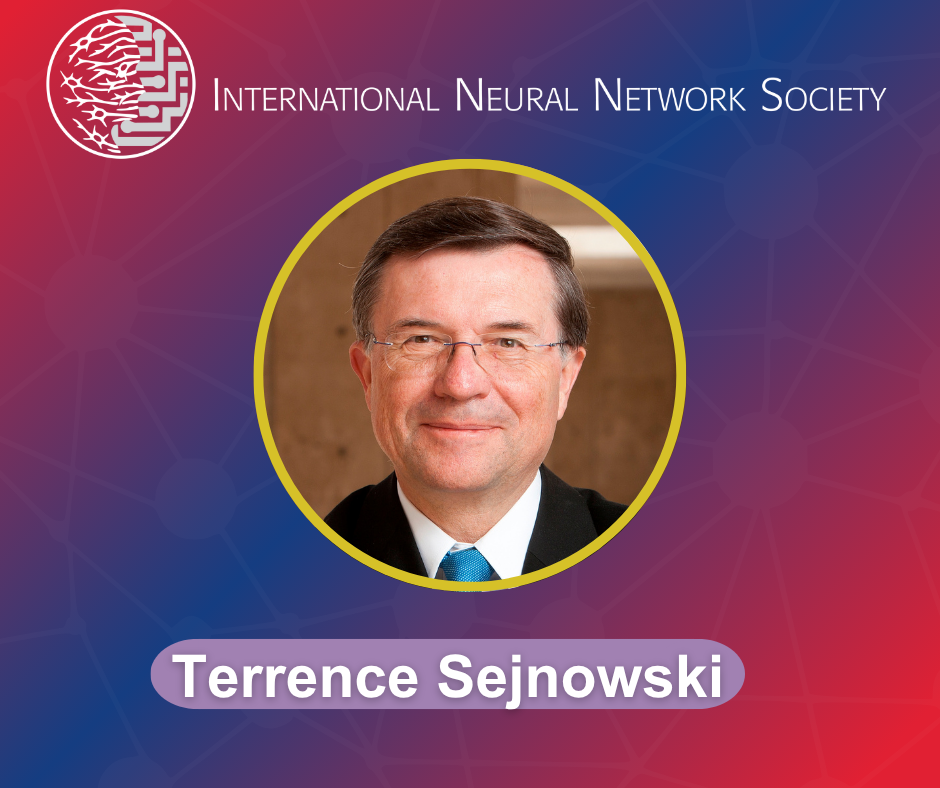
NeuroAI
 Terrence Sejnowski Terrence Sejnowski
 12 June 2025 12 June 2025
Abstract: NeuroAI creates synergies between the study of brains and AI advances because both of their neural architectures are massively parallel and highly connected by weights trained by learning algorithms. Horace Barlow suggested that the oriented filters in visual cortex, generally thought to be edge detectors, might be a compact way to represent natural scenes. We confirmed this hypothesis with Independent Component Analysis (ICA), an unsupervised learning algorithm, training on patches of natural scenes. The independent components were edge filters; each patch could be reconstructed from only a sparse set of components. When large-scale Convolutional Neural Networks (CNNs) with many processing layers became feasible a decade ago, they could recognize thousands of objects in images invariant to location, scale, and rotation. Similar progress has occurred in language processing, starting with NETtalk in the 1980s, which we trained to pronounce English text, a difficult problem in linguistics because of many irregularities. Today, Large Language Models (LLMs) talk to us on almost any topic in perfect syntax.
The AI Act: Perspectives for the Technical and Scientific Communities
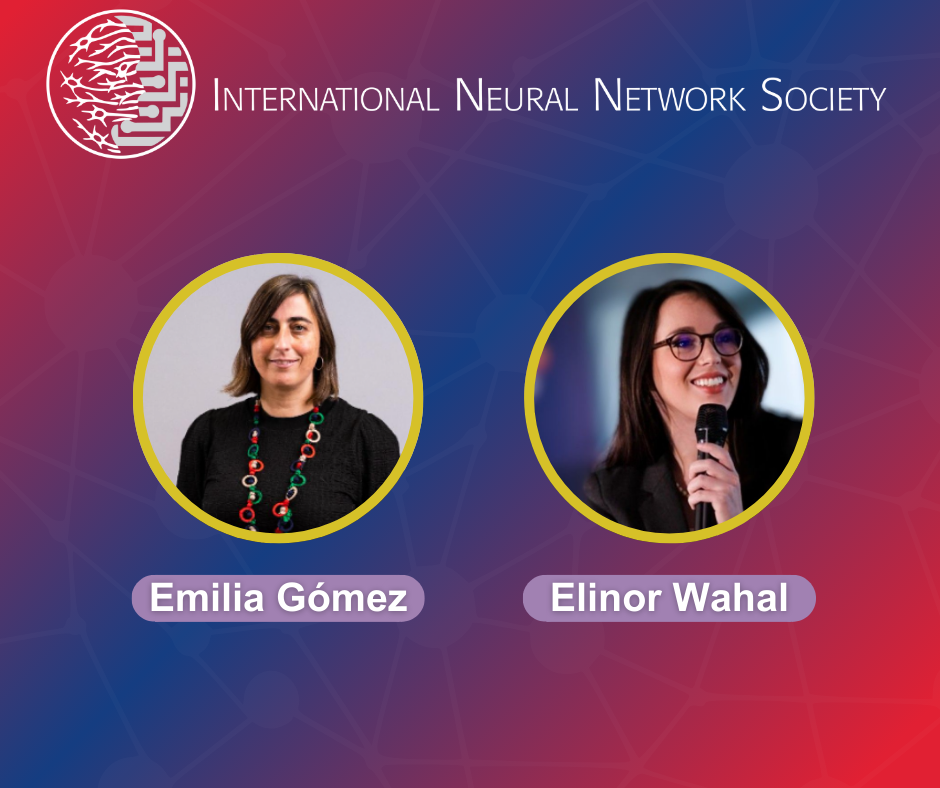
 Emilia Gómez and Elinor Wahal Emilia Gómez and Elinor Wahal
 5 May 2025 5 May 2025
Abstract: This talk will provide an introductory overview of the EU's landmark regulation on AI, the AI Act. It will specifically seek to address the role of experts in its development, the foreseen impact on the technical and research communities, and how these can support its implementation. Furthermore, the talk will give participants an opportunity to learn more about the role of the Joint Research Centre, the European Commission's science and knowledge service, in the shaping of the AI Act. Lastly, it will introduce the Commission's AI in Science Strategy, currently undergoing a public consultation.
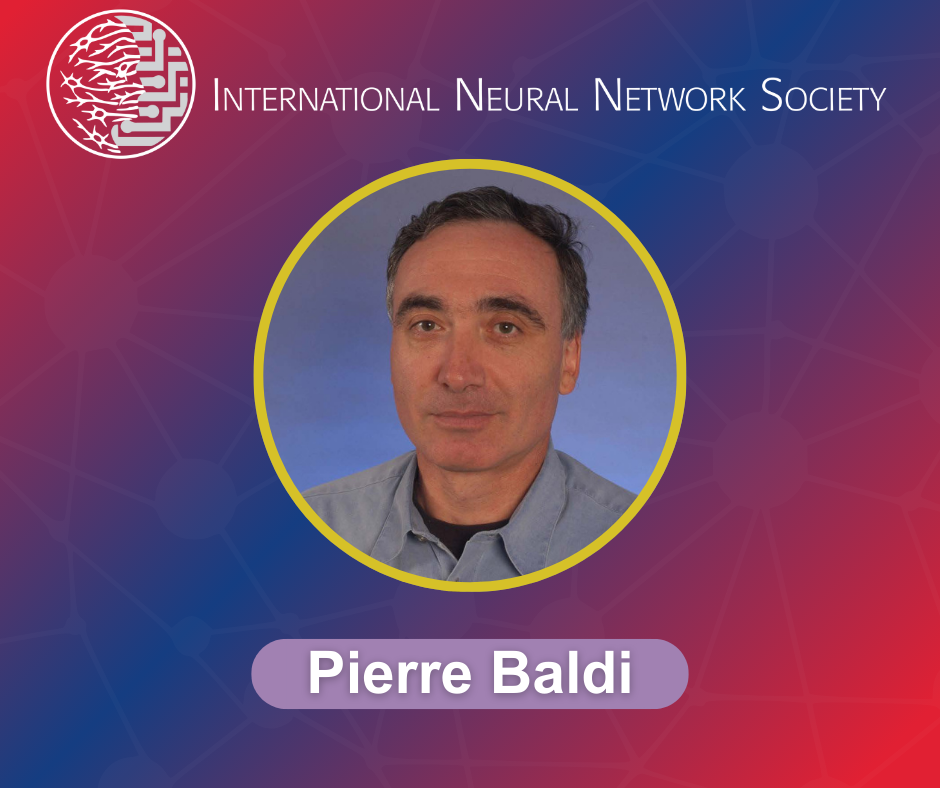
Dataset Distillation and Pruning: The AI-driven Hospital of the Future and Beyond
 Pierre Badli Pierre Badli
 1 May 2025 1 May 2025
Abstract: AI today can pass the Turing test and is in the process of transforming science, technology, humans, and society. Surprisingly modern AI is built out of two very simple and old ideas, rebranded as deep learning: neural networks and gradient descent learning. The storage of information in neural networks by gradient descent is distributed or "holographic", and since Dennis Gabor invented holography, I am particularly honored to be a recipient of the prize that bears his name. I will describe several applications of AI to problems in biomedicine developed in my laboratory, from the molecular level to the patient level, using omic data, imaging data, and clinical data. Examples include the analysis of circadian rhythms in gene expression data, the identification of polyps in colonoscopies, and the prediction of post-operative outcomes. I will discuss the opportunities and challenges for developing, integrating, and deploying AI in the first AI-driven hospitals of the future and present two frameworks for addressing some of the most pressing societal issues related to AI research and safety.
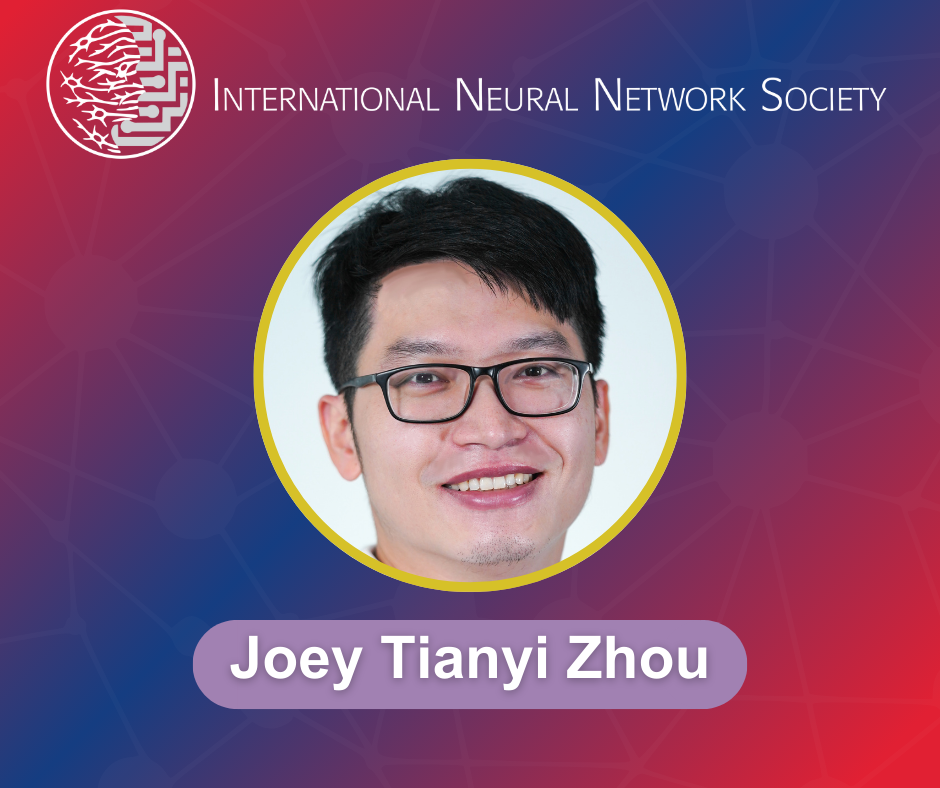
Dataset Distillation and Pruning: Streamlining Machine Learning Performance
 Joey Tianyi Zhou Joey Tianyi Zhou
 25 April 2025 25 April 2025
 Presentation Slides Presentation Slides
Abstract: In the rapidly evolving field of machine learning, "Dataset Distillation and Pruning" has emerged as a key strategy for enhancing model efficiency. Dataset distillation involves extracting essential information from extensive datasets to create refined, smaller-scale data that maintains model robustness while reducing computational burden. It can be likened to distilling knowledge from vast amounts of data. On the other hand, dataset pruning is akin to pruning unnecessary branches from a tree. This technique involves removing redundant or minimally impactful data points, resulting in a more streamlined, faster, and resource-efficient machine learning model. By eliminating extraneous information, dataset pruning aids in constructing lean algorithms with outstanding performance and without unnecessary computational overhead. These two approaches collectively address the challenges posed by the abundance of data in the digital age. Dataset distillation and pruning complement each other in model compression research and further optimize the entire machine learning workflow's energy consumption, ultimately facilitating sustainable deployment of large-scale data and models on endpoints.

The Critical Role of AI in Learning Analytics and Assessment in the Future of Education
 Irwin King Irwin King
 10 April 2025 10 April 2025
 Presentation Slides Presentation Slides
Abstract: The increasing adoption of Artificial Intelligence (AI) in higher education presents both opportunities and challenges for institutions, teachers, and students. As AI-driven tools for personalized learning and alternative assessment approaches are poised to replace or transform traditional methods, this presentation delves into the transformative impact of AI on the future of education. We will explore current trends in learning and assessment, examining how AI technology is redefining these practices. This presentation aims to provide a comprehensive understanding of how AI is reshaping assessment practices and driving the future of educational success, catering to learners, educators, administrators, and policymakers.
2024
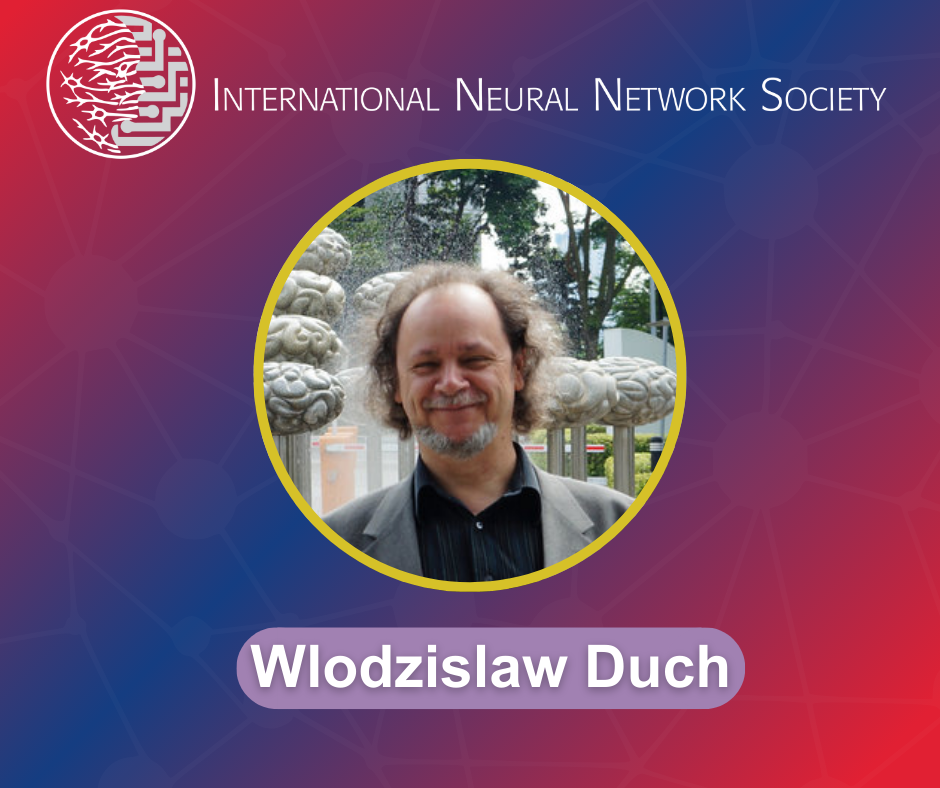
INNS Annual Lecture
Nobelization of Neural Networks: Deep Roots and Insane Future of Neural Networks
 Wlodzislaw Duch Wlodzislaw Duch
 17 December 2024 17 December 2024
 Presentation Slides Presentation Slides
Abstract: The 2024 Nobel Prizes in Physics and Chemistry highlighted the pivotal role of neural networks in scientific advancement. John Hopfield’s foundational work is deeply rooted in statistical physics, tracing back to the one-dimensional Lenz-Ising model of ferromagnetism (1924). Subsequent development of the Ising model contributed to four Nobel Prizes: the two-dimensional model was solved by Lars Onsager (1968), models of spin glasses were developed by Philip Anderson (1977) and Giorgio Parisi (2021), and model dynamics was investigated by Roy Glauber (2005). This research led to the complex systems theory and the emergence of self-organizing associative memory systems, as explored by Steve Grossberg (1969), Shun-ichi Amari (1972), and others. John Hopfield connected these ideas to statistical physics (1982, 1984). Geoffrey Hinton pioneered the methods to learn internal representations of information in complex networks, contributing to the wide acceptance of the backpropagation algorithm (1986), Boltzmann machines (1985), and deep learning advancements (2015). This work has spurred remarkable progress in machine learning, including the advent of physics-informed machine learning (PIML) and recent ideas in the physical implementation of probabilistic machine learning. From these theoretical foundations, great advancements in artificial intelligence, exemplified by the success of Deep Mind’s AlphaGo program in winning with world champions, emerged. DeepMind is a company founded by Demis Hassabis, a computational neuroscientist who combined insights from systems neuroscience, machine learning, and computing hardware to "solve intelligence" and apply it to various complex challenges. Significant breakthroughs, such as the AlphaFold series of programs, effectively addressed a 50-year challenge in biophysics by predicting 3D protein structures with high accuracy from their 1D amino acid sequences. We now possess tools to analyze the behavior of complex systems that are computationally irreducible. The social implications of these developments are profound and unpredictable. Many new developments are introduced with unprecedented speed, leading to agents based on large multi-modal systems that are autonomous, can reason, have a long-term memory, are creative and understand human psychology. Recent developments indicate that such models have internalized substantial knowledge about the world and demonstrate various emergent behaviors. The evolution of agents based on such models, capable of self-reflection, points toward a form of digital intelligence that may deserve the status of digital beings. This year's Nobel Prizes should prompt us to reflect on the transformative wave of machine learning methods shaping our future.
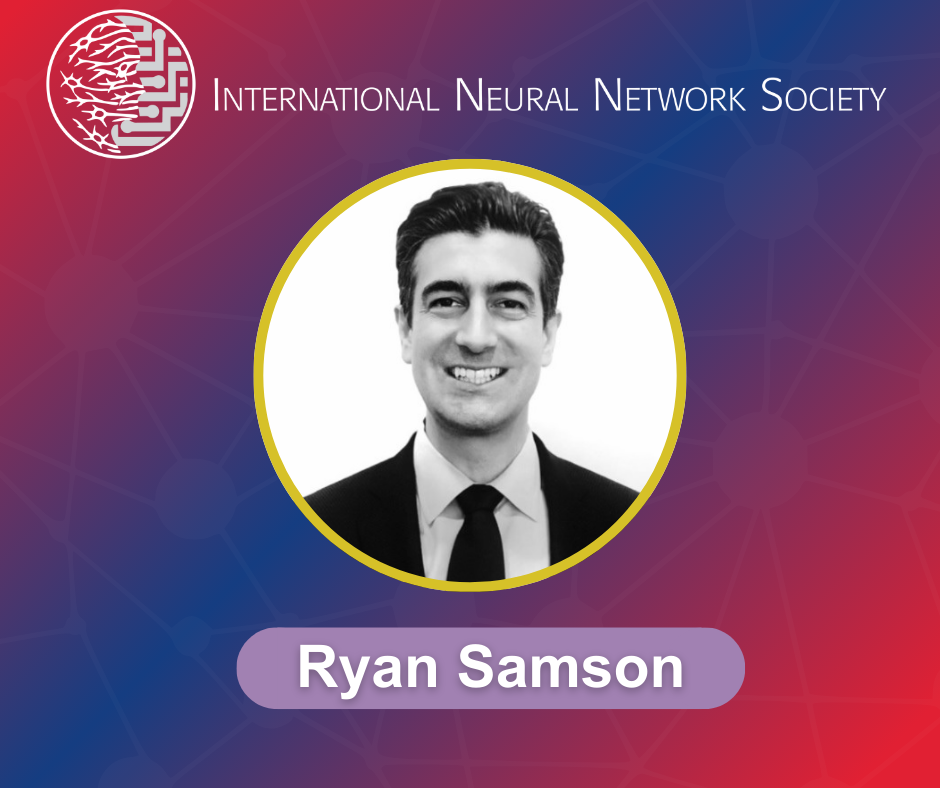
AI for Finance: A Practitioner's Viewpoint on Using Neural Networks to Forecast Equity Returns
 Ryan Samson Ryan Samson
 12 December 2024 12 December 2024
 Presentation Slides Presentation Slides
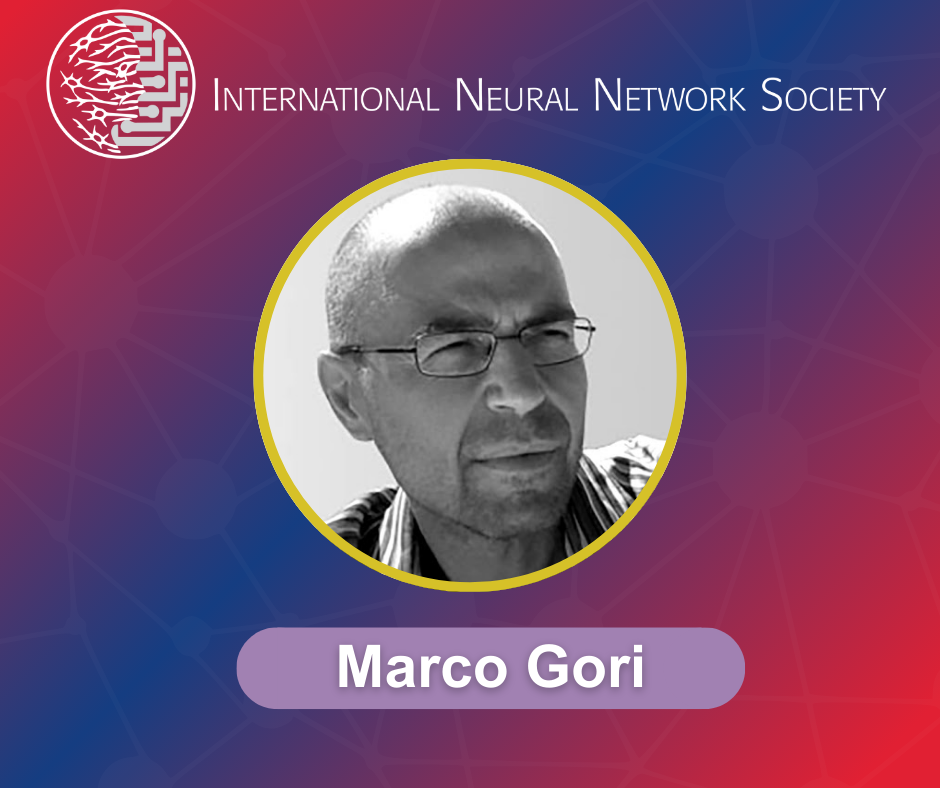
Towards Lifelong Learning Intelligent Agents Capable of Focusing Attention and Taking Conscious Actions - Neural Propagation in the Framework of Cognidynamics
 Marco Gori Marco Gori
 7 November 2024 7 November 2024
Abstract: The fields of Artificial Intelligence (AI) and Cognitive Science began intersecting significantly during the Eighties when the Connectionist wave strongly propelled studies on Artificial Neural Networks. The evolution of AI over the last few decades, focusing on deep learning and, more recently, generative AI, has produced spectacular results that were hardly predictable even by the pioneers of the discipline. However, when examining early studies on Connectionism, many aspirations remain unrealized, as most successful outcomes rely on the brute force of combining computational resources with large data collections. This stands in contrast to nature, where cognition emerges from environmental interactions and the processing of temporal information. In order to capture those natural processes and explore an alternative path to Machine Learning, in this talk I introduce the framework of Cognidynamics that describes cognitive systems whose environmental interactions are driven by the minimization of a functional over time. This functional, referred to as cognitive action, replaces the traditional statistical functional risk of Machine Learning in the temporal dimension. I employ the tools of Theoretical Physics and Optimal Control to derive unified laws of cognition for learning and inference in recurrent neural networks. I demonstrate that Hamiltonian equations, in their causal dissipative form, lead to a novel neural propagation scheme that is local in both space and time. This addresses the longstanding debate on the biological plausibility of Backpropagation and offers a new framework for developing lifelong learning intelligent agents capable of focusing attention and taking conscious actions.
Interested in Hosting an INNS Webinar?
If you or someone in your professional network are interested in hosting a webinar, please complete the form below.
|

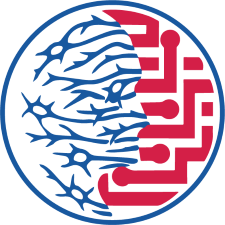
 TiRex: Closing the Gap Between Recurrent and In-Context Learning
TiRex: Closing the Gap Between Recurrent and In-Context Learning









